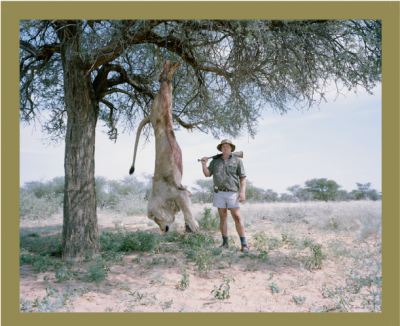|

How sustainable is this use?
The first is of course pervasive corruption among government officials, wildlife officials, police and customs officers in African wildlife range states. How else can you explain the fact that 66,000 elephants in Tanzania “disappeared” over the past five years?
But the second impediment is the poor performance of international bodies like CITES, the US Fish and Wildlife Service, and the European Union Wildlife Trade Regulation Scientific Review Group. All are “supposed” to use scientific evidence to guide any “sustainable” use of wildlife.
A recent publication related to the performance of the USFWS had this to say:
“A new survey of government scientists shows rampant dissatisfaction and concern over political and business interference at the U.S. Fish & Wildlife Service (FWS). The report further evidences the need for a change in direction for the FWS and the process and systems in place for making decisions about endangered and threatened species. Among the concerns raised by the government scientists were dismissal of scientific data, inappropriate political and industry interference in listing decisions and deference to state agencies.”
The very same seems true of the European Union “Scientific Review Group”. The SRG made some very questionable decisions on September 15th with regard to continued EU import licenses for lion trophies and a reversal of previous decisions to again allow imports of Zambian elephant trophies. Based on what scientific data?
“Sustainable use” of wildlife resources is an oxymoron. Sustainable use is supported by many large conservation agencies like WWF, the IUCN, AWF, CI, and many others in that alphabet soup. But what is the proof that “sustainable use” is actually working to conserve species? There is no information about that.
There is no “science” being used to determine “sustainable use”. But there is a lot of inappropriate political and vested interest pushing to continue using wildlife for profit.
That is the status quo. Now let’s challenge all these “decision makers”. They have no business in conservation if politics dominates over science. They then, by definition, are the problem instead of addressing the problem.
Picture credit:http://wrd.cm/1LcciOn
|




